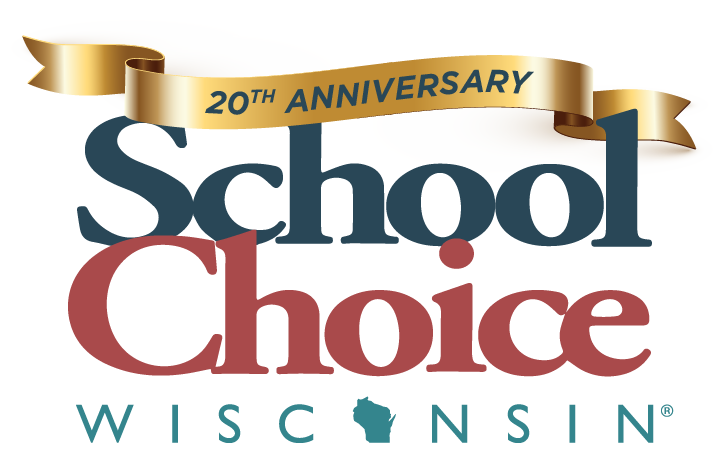Meet Adam, The Social Entrepreneur
| Share this post: |
There was a time when Bernetta Dokes was in denial. She didn’t want to believe that any of her children had special needs that would impede their academic success. But in the middle of his elementary years, her son Adam was not reading at the rate that would be expected for his age. He was tested, and later diagnosed with a reading disability.
“He was almost embarrassed about it,” she said of her son when his difficulties were identified. “He went into a shell and became withdrawn.”

But this year, Adam has taken strides that Bernetta didn’t think were possible. Adam is participating in a new statewide Special Needs Scholarship Program that allows students with special needs to enroll in private schools for special education with state funding.
“I’ve seen him go from not being able to sound out words and syllables to hearing him read a whole book,” says Bernetta. “It took a lot to get him to that point. Ms. Mona needs a trophy! I thank God for her.”
Bernetta is quick to add that her thankfulness isn’t just about the reading; there’s more to it. “As a parent of a child with special needs I needed to find a school that would treat my child as an individual…the school choice program allowed me to do that,” she said. “At that school, they do what all parents want for their children, special needs or not, they work with the whole child – mind, body and soul.”
While reading can be a stumbling block for Adam, Bernetta says his limitations should not define him. As she points out, “He is smart in a lot of ways.”
The school recognized that it was important to help Adam keep up with his other subjects, despite his significant lag in reading and writing. Teachers acquired a tablet with speech-to-text capability so that Adam could speak into it in order to “write” his reports and complete assignments. With the assistance of the tablet, he could also have texts read to him.
A teen who towers above his teachers at about six feet, Adam’s knees seem to rise to his chest as he perches on a small wooden chair to discuss his experience. As a way of demonstrating his progress, Adam begins reading Dr. Seuss’s Oh, The Places You Will Go! The book seems to hold out a vision to a student who imagines something beyond where he is now. What motivates Adam?
When he first came to the school, it was the desire to be able to communicate with his friends who text everything. “I wanted to be able to talk with them,” says the 16-year-old. But his desires have grown more sophisticated. Now, Adam says: “I need to be able to comprehend what I’m reading and not have someone looking over my shoulder to help me.”
As Adam continues to concentrate on reading improvement, the learning and expectations of his other classes continues. It is difficult to catch up while everyone continues to move ahead, too, he says, but adds that is why he is so thankful for his “support team.” When he is in another class and doesn’t understand, his classmates assist him.
Adam is proud of himself. He just completed an English report that focused on the literary classic Dante’s Inferno. With a dream to play basketball, Adam has set his vision on being able to take the ACT and get to college.
As Adam describes his aspirations, the conversation takes a radical shift. He stares at the interviewer and asks, “What else do you do?” He prods with the question because something has been evolving in his thoughts during the conversation. Adam wonders aloud if the interviewer might be of help to him and his classmates, who are engaged in trying to change the world.
While reading is one of his subjects, Adam is also involved – as are all his classmates – in some kind of “EL,” Experiential Learning. His group has decided to take on the issue of teen homelessness and violence in their north-side Milwaukee neighborhood.
“We’re trying to decrease the violence,” he says. “We are trying to build an organization called ‘Step Together’ that helps teens that have no home and nothing to look forward to in their future. My friends can explain it better. Can you come to help us?”
While Adam may struggle with reading, he already displays some of the key characteristics of successful community organizers. He recognizes how to build a network of resources that will assist him in accomplishing a major community goal.
At one point of the interview, Adam describes himself as “outgoing,” and he certainly lives up to the self-description. His passion and commitment to stop teen homelessness and violence in the neighborhood stir him to search for connections and resources that will make a difference and alter the path that he sees some of his contemporaries walking.
His mother, could not ask for a better outcome than to have her son become an active change agent in the world, and she attributes that prospect to the school and its teachers.
| Share this post: |
 Skip to content
Skip to content